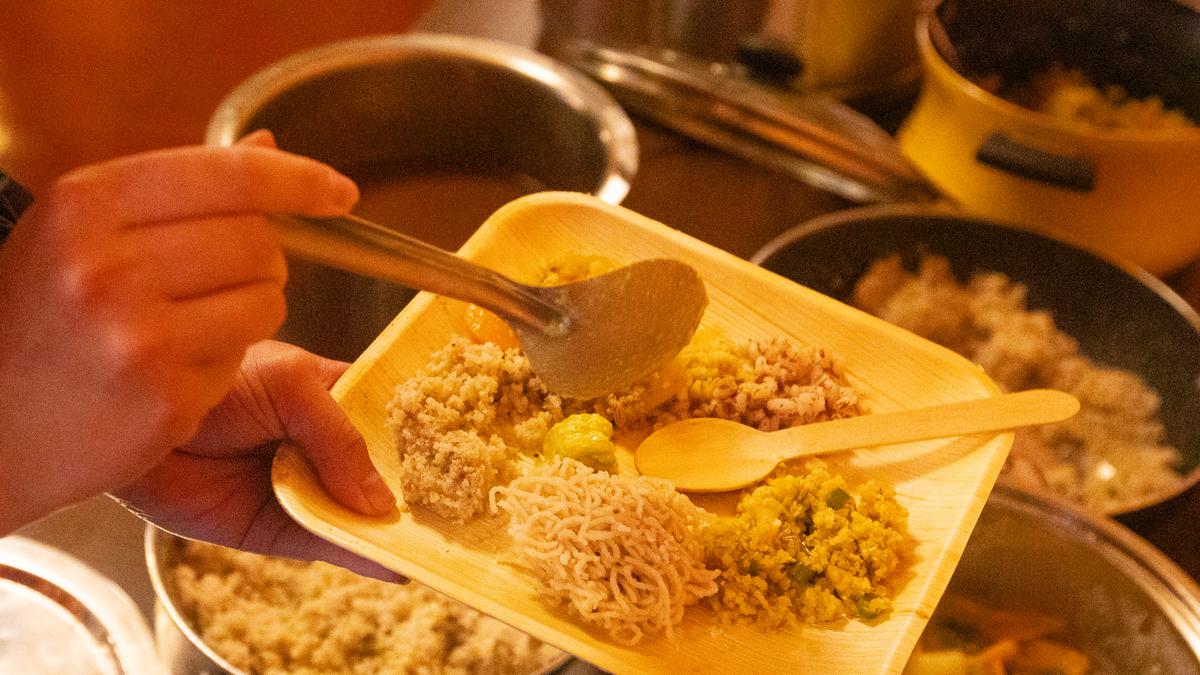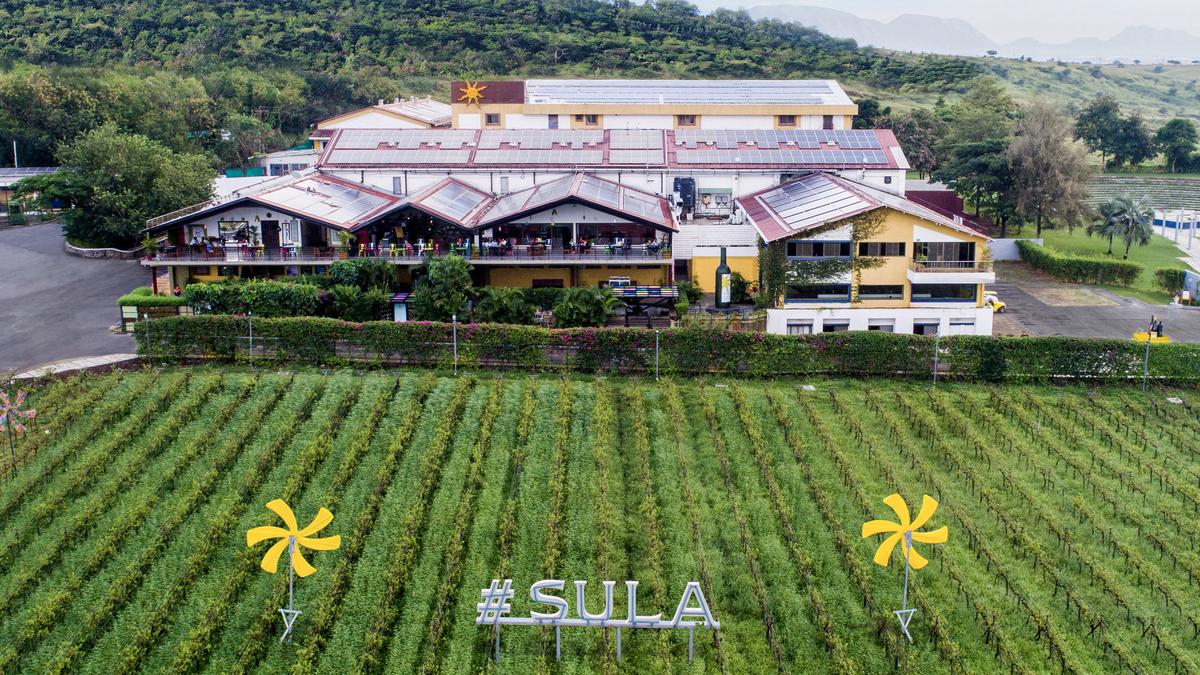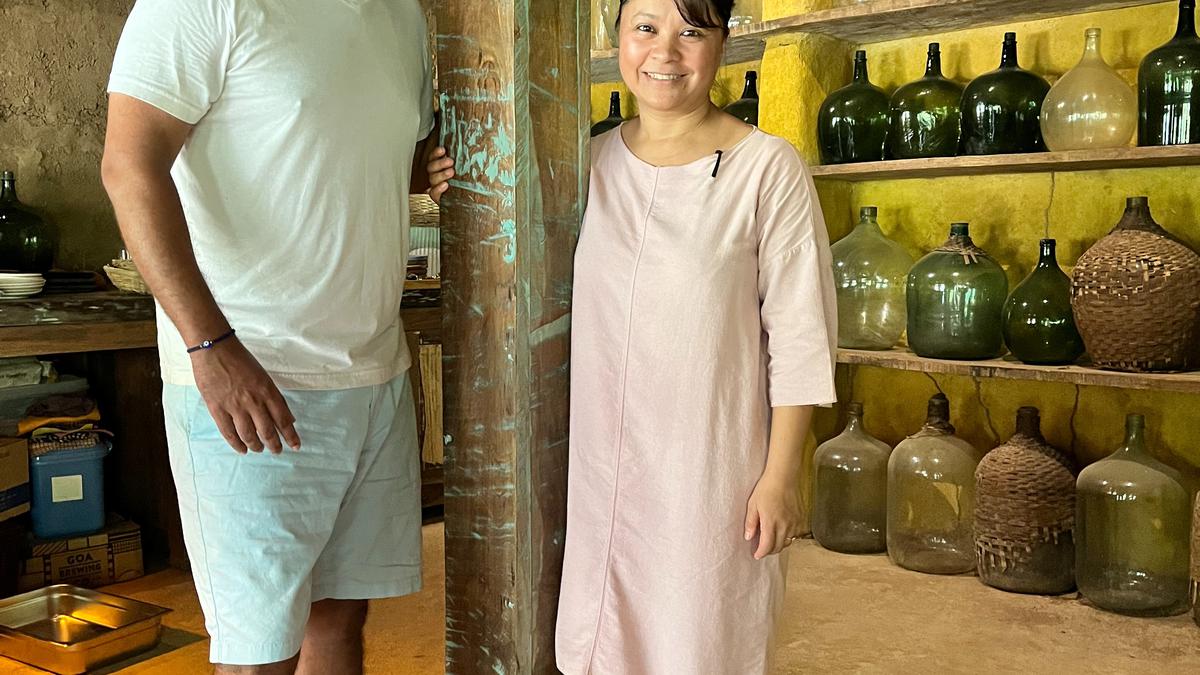On a foggy winter morning, the sprawling Keystone Foundation campus at Kotagiri in The Nilgiris is abuzz. Irula men and women dance rhythmically to a tune played on drums and pipes as the Habba, the central event of The Nilgiris Earth Festival begins. A walk tour of stalls showcases the bounty of the region including colourful varieties of red, black, and wild ginger, black turmeric that has high medicinal value, millets, several varieties of greens, vegetables like cap brinjal, tubers like greater yam, noorai kizhangu, and koorka (Chinese potato), and sustainable honey sourced from honey collecting tribal communities including the Kattunaickens, Kurumbas, Sholigas, Irulas and Todas of the Nilgiris Biosphere Reserve.
I try the jamun honey. Bursting with the sweet flavour of the fruit, it leaves a tangy aftertaste. This honey blend is gathered from the nectar of jamun flowers. More honey tasting follows with lip-smacking flavours as varied as multi-flowers, ginger, pepper, and saffron, and a taste of honey-soaked cured gooseberry candies, wild figs, and dry fruits.
Nicola Bradbear of UK-based Bees for Development with a participant
| Photo Credit:
Suraj Mahbubani
Once inside, bees take centre stage as Nicola Bradbear, director of Bees for Development based in the UK starts her presentation. Since 1993, the organisation has worked with beekeepers in more than 50 nations. “Why bees?” is how she begins her talk adding, “I want to give ten good reasons for beekeeping. Bees ensure biodiversity by pollinating plants. Every flowering plant needs an insect to gather pollen and take it to another plant. This amazing interdependency between pollinating insects and flowering plants has evolved over 150 million years. A relationship built long before humans were on earth.”
Elaborating further on how honey is known and valued in every society, she points out that beeswax, propolis and pollen, all generate income and a livelihood for landless people. She cautions that insects are in crisis. “Rampant use of pesticides kill insects and the bees. What is left is 10 percent of the insect population that we had 40 years ago. We have to restore their population as insects are soil engineers that play a vital role in biodiversity and food security,” she reasons.
Drawing a parallel with The Keystone Foundation that came into being three-decades ago, Pratim Roy, founder-director of the Foundation says, “We have been working together. Bees for Development has a big presence in Africa where they train beekeepers to make a living. They fight poverty through bees and beekeeping. While we are making the species our slaves and killing them (bees have died pollinating oranges and apples in North America) they talk about nature-based beekeeping which is refreshing.”
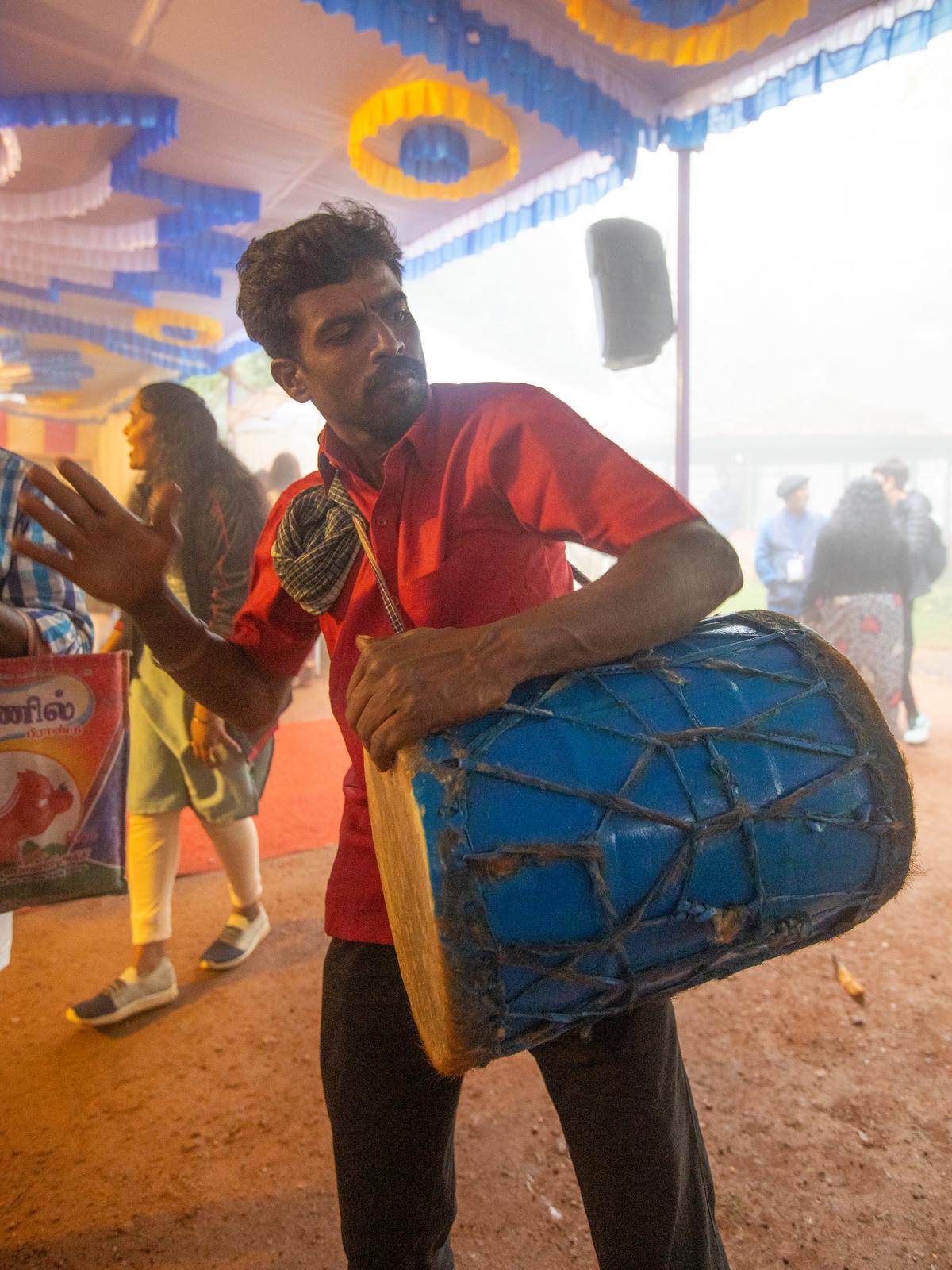
The festival kicks off with traditional music and dance performances
| Photo Credit:
Suraj Mahbubani
As the day progresses, the misty landscape looks even more stunning. Over many cups of piping hot sukku coffee, we enjoy the nip in the air and what follows is a sumptuous lunch with items like millet biriyani and a payasam made with mashed yam, sweet potato simmered in coconut milk, and sweetened with jaggery. Post lunch, the hills reverberate with traditional music and dance as Kota tribal women dressed in striking white attire perform a graceful dance transporting us to another world.
“The idea behind the festival is to bring together new collaborations, ideas, and dreams together,” reiterates Pratim, adding, “We have taken the conscious decision to take the Nilgiris to the world and bring the world here. We have people from the US, UK, South Africa, Germany and many other countries, and people from different walks of life from India. This can be a seeding ground incubating ideas not only for this region but for the whole planet.”
Another keynote speaker at the Habba, Yon Fernandez-de-Larrinoa, team leader at UN’s FAO Indigenous Peoples team and a champion of indigenous rights, connects virtually from Rome and turns the spotlight on indigenous communities becoming the centre of focus while discussing food diversity, culture and ecology. “Most of the superfoods in supermarkets in any city in the US or Europe are the food of the indigenous people.”
While research and evidence from the Arctic to the Amazon, and from the Himalayas to sub-Saharan Africa has proven that indigenous food is not only sustainable, but also more resilient to alterations from climate change, he says, “We cannot protect bio diversity without healthy, well-functioning indigenous ecosystems. Their food and knowledge systems are recognised by scientists. They are considered knowledge holders not just for their communities but for the entire world,” he adds.
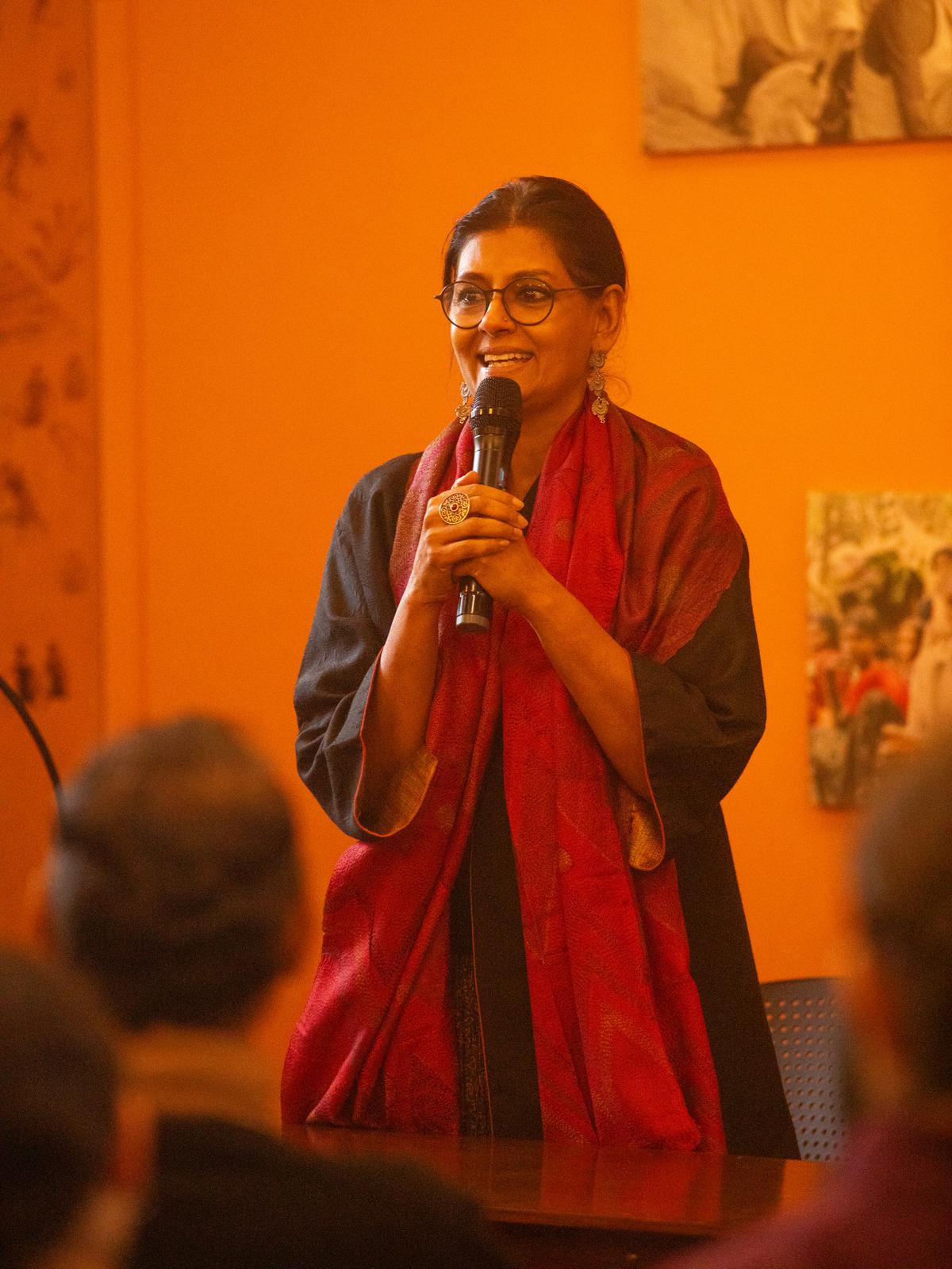
Nandita Das at the fest
| Photo Credit:
Suraj Mahbubani
Drawing attention to the fact that the festival has come back with an expanded, inclusive format, Ramya Reddy, director of The Nilgiris Foundation (TNF), the organisers of the event, announces that it will continue to grow with more elements of biosphere in the domains of food, culture, and ecology. Another addition this year is the The Nilgiris Earth Award that acknowledges individuals and entities for their community work in the Nilgiris Biosphere. This year, the award is shared by Shobana Chandrashekar of The Nilgiri Arts Alliance, an initiative that supports arts and culture, and Samantha Iyanna, managing trustee of Clean Coonoor that works towards sustainable segregation of trash and save the ecologically sensitive hill town.
As actor-director Nandita Das, a special invitee at the fest walks up to stage, audience cheers on. She says, “We all talk about climate change, destruction, and how far we have gone away from Nature. I am happy to learn about the work done to protect the bio-diversity, preserving and conserving local food, produce and culture at a time when everything is becoming homogenous. I want to go back inspired, and hopeful.”


